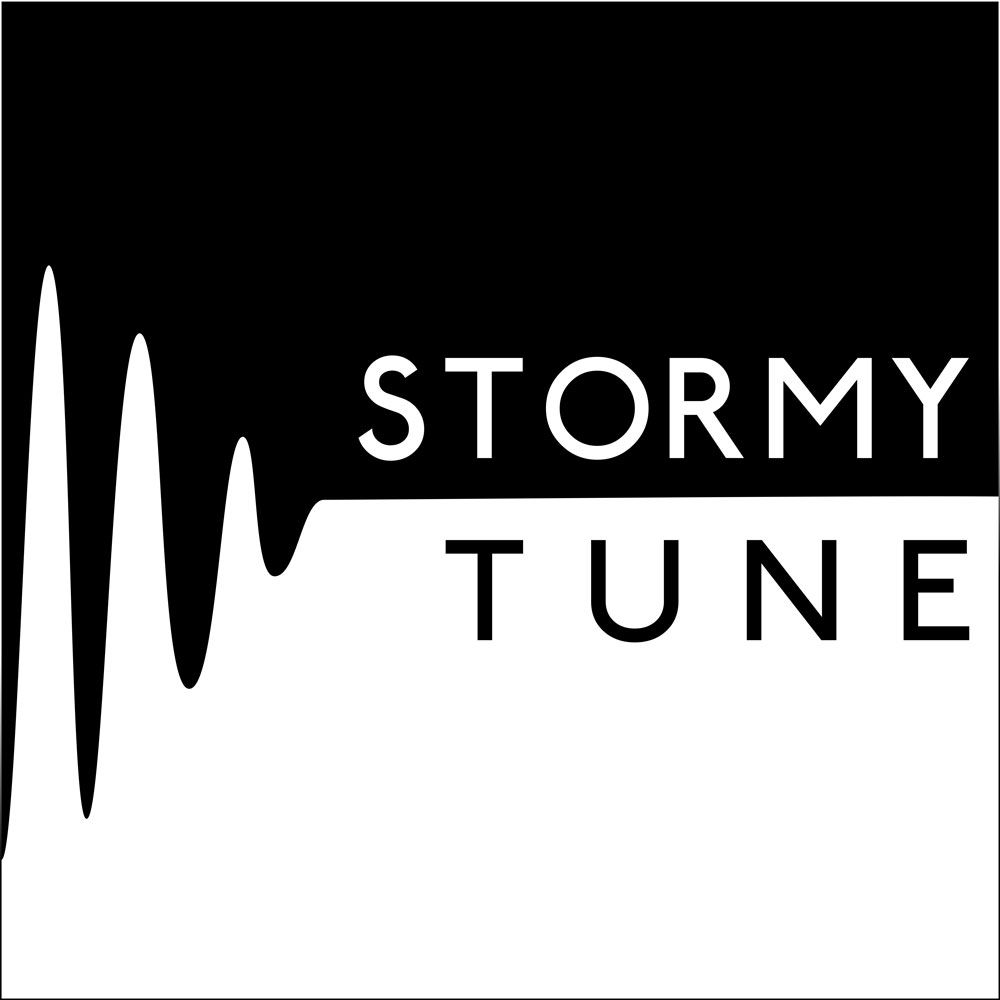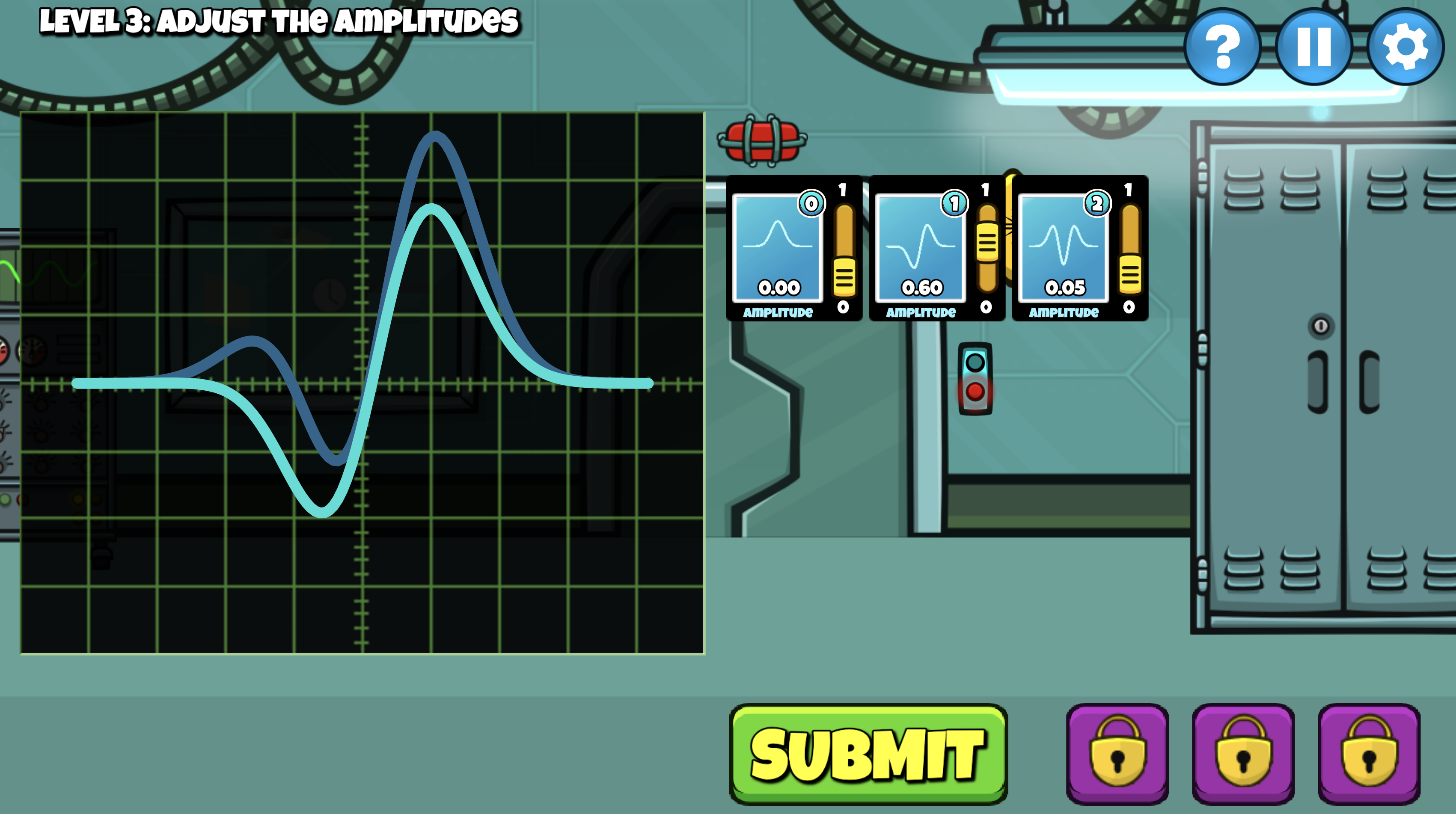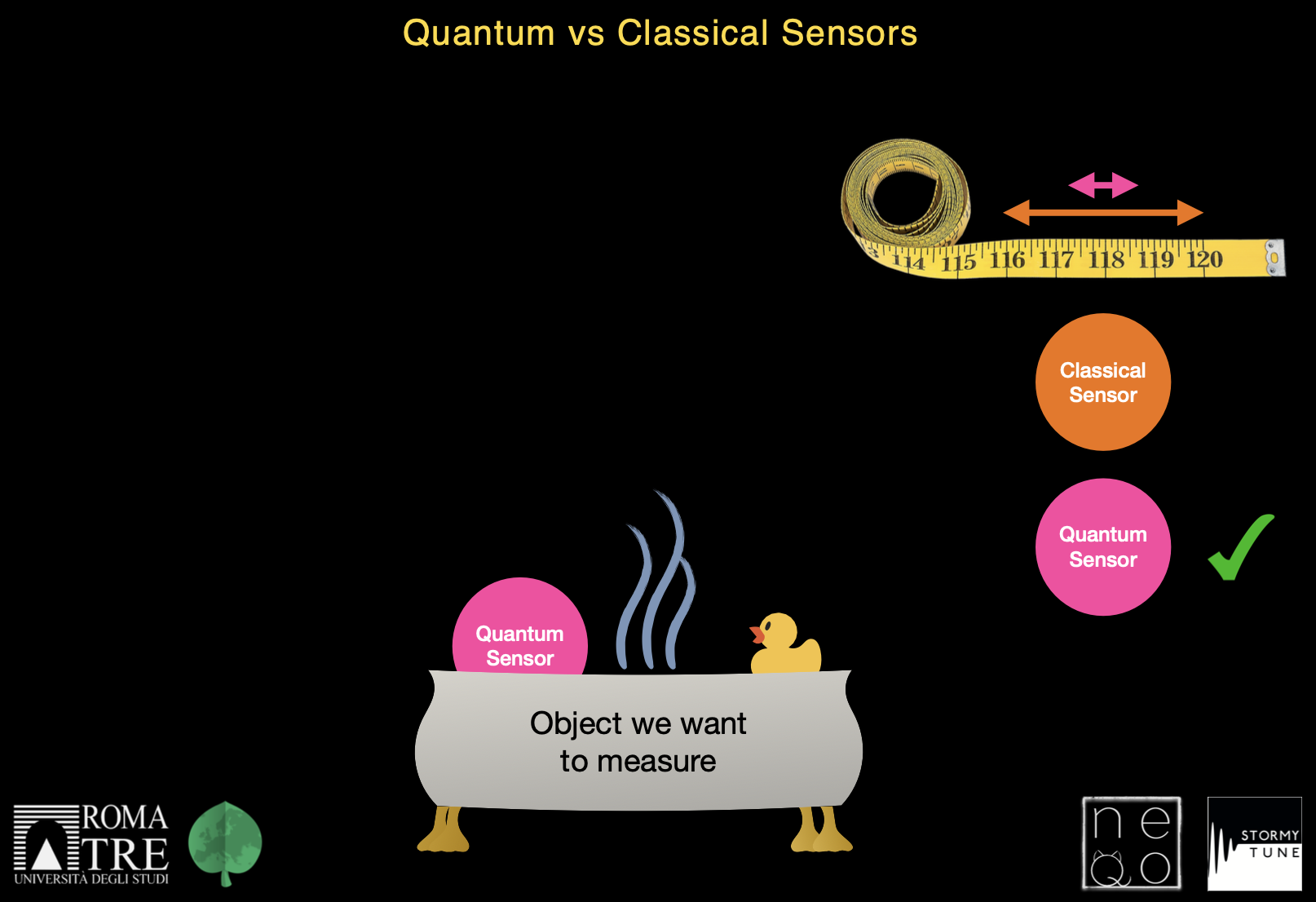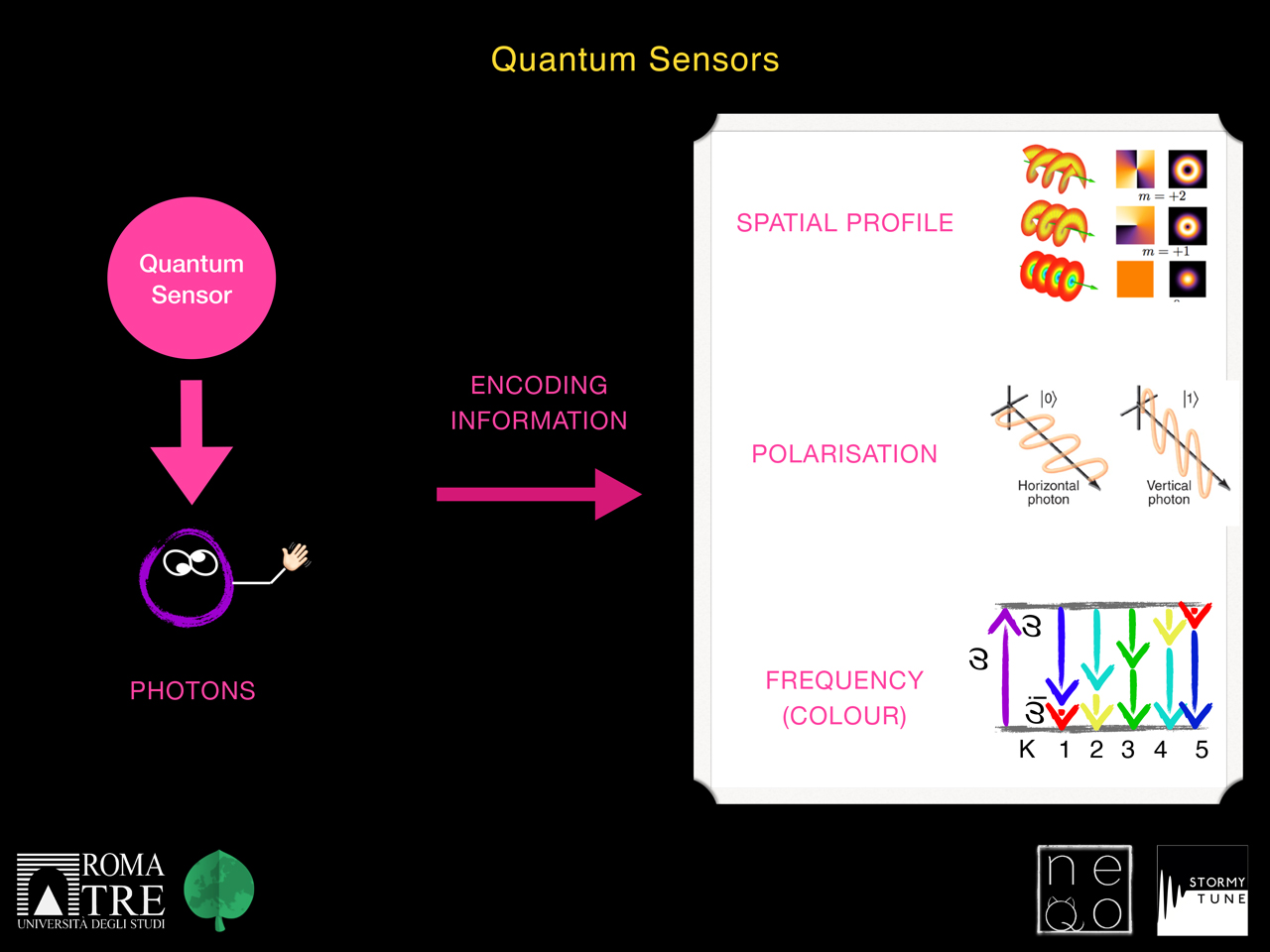

QUEST
Time-Frequency Modes
In this entry you will find information on the cutting-edge research conducted in the STORMYTUNE project and on what time-frequency modes are all about. Start from the section that feels easier or closer to you (play, discover, or learn), and then explore the others to see how your understanding shifts and expands!

STORMYTUNE is an EU-funded project reuniting scientists from institutions in Germany, France, Italy, Spain, UK, Poland and Czech Republic focused to exploring quantum metrology in the time-frequency domain.
Quantum metrology is a well established research field that exploits quantum principles such as entanglement and superposition to improve the precision of measurements, achieving higher sensitivity and accuracy compared to classical methods. This in turn allows to build sensors that can outperform classical ones and can be used for many different applications. STORMYTUNE particularly aims at developing a theoretical framework and sensors to perform the most possible accurate measurements using time-frequency modes.
Play
Saving Photonland! is a game in which you have to solve some experimental puzzles. It allows you to build an intuition about time-frequency modes and how to deconstruct quantum pulses. To win, you have to reconstruct pairs of photons by adjusting their amplitudes and reconstructing their modes.
Credits:
Dr. Ilaria Gianani (Roma Tre)
Dr. Mattia Walschaers (Sorbonne University)
Dr. Patrick Fabian Folge (Paderborn University)
Game Developer:
Jani Parviainen - Kuuasema

Discover
Throughout history, humankind has developed systems of measurement to quantify things as varied as the distribution of crops, the distance between cities and the weight of tradable commodities. When it comes to time, we have progressed from sundials to hourglasses, pendulums and atomic clocks. Accurate measurements and comparisons rely on standardised units – we must know quite precisely what corresponds to one unit of measurement to derive the rest.
Exploring the most efficient and precise way to perform measurements is the area of study of metrology. This aspect has considerable impact on our everyday lives. A GPS would not work without the capability to measure distances precisely, and spectral fingerprinting is an established technique to identify e.g. drugs. Better timing measurements could improve the performance of GPS and laser ranging; better frequency resolution could help to identify more substances more quickly.

To explore even more precise measurements, we can turn to quantum metrology, which uses quanta —or individual packets of energy— as probes to set the standards that define units of measurement. In fact, quantum mechanics sets the ultimate limit on the accuracy of any measurement: we can exploit quantum effects to enhance precision beyond what is possible with classical approaches. For example, using superposition, where the cat is both dead and alive; or entanglement, where objects are interwoven more tightly than classically allowed.
Among the possible quantum probes, photons are often a good choice: they hardly interact with anything unless they are really forced to, they are relatively easy to generate, and they offer a variety of ways in which they can encode the information. Indeed, each property of a photon, like its polarisation, its spatial profile, or its frequency (i.e. its color) can experience the weird quantum properties we just mentioned.

In STORMYTUNE we are most interested in the frequency and temporal properties of the photons and how we can harness them to make the most accurate measurements!
Frequency is in fact a very important property of light: for instance, we see objects of a given color depending what frequency of light they absorb and which they reflect – and as our common experience tells us, different objects will absorb different frequencies, so by looking at which frequencies are absorbed we can identify objects, through a technique called “spectroscopy”.
Now, that’s where the quantum nature of photons makes everything weird: You probably already heard about the principle of superposition, and how quantum particles can be simultaneously at various points in space. This means that we can detect a quantum particle at several different positions, according to a probability given by its wave function. (Remember that the wave function is the state of a system in the position representation, from which we can calculate the associated probability of finding the system in a certain position —you can read about it in the wave-like behaviour Quest entry). The same thing can also happen in frequency! Each photon can be in a superposition of many different colors right until we measure it. And even more! If we have two photons which are entangled in frequency, it means that there are correlations between their colours, so while each photon individually can be of many colours, we know that if we fix the colour of one, then we are automatically fixing the colour of the other to a specific value.
How we describe this? We can imagine that each photon pair can be decomposed in a superposition of frequency modes through what is called a Schmidt decomposition. This is what the quantum game you have just played is about! If we combine the right frequency modes together, we can reconstruct the frequency quantum state of the photon-pair, and only when we control the frequency properties of our photons, we can then use them to make powerful sensors. For instance, we can use them to make new quantum spectroscopy devices, and many others!
Learn
In this link, you will find out more about deconstructing quantum pulses.
Contact
Social
Menu
© 2020-2025 Algorithmiq QPlayLearn. All rights reserved.